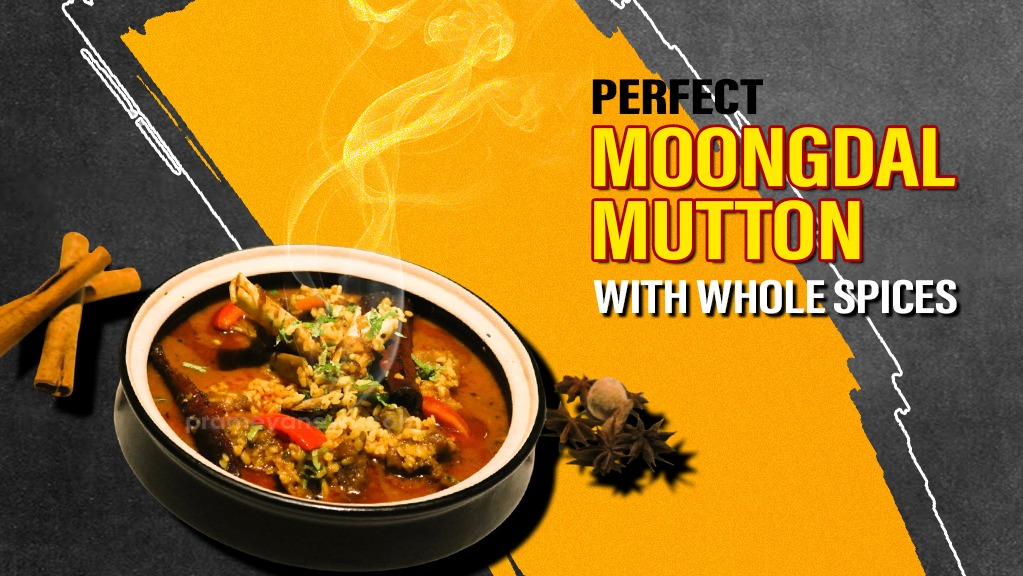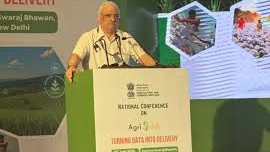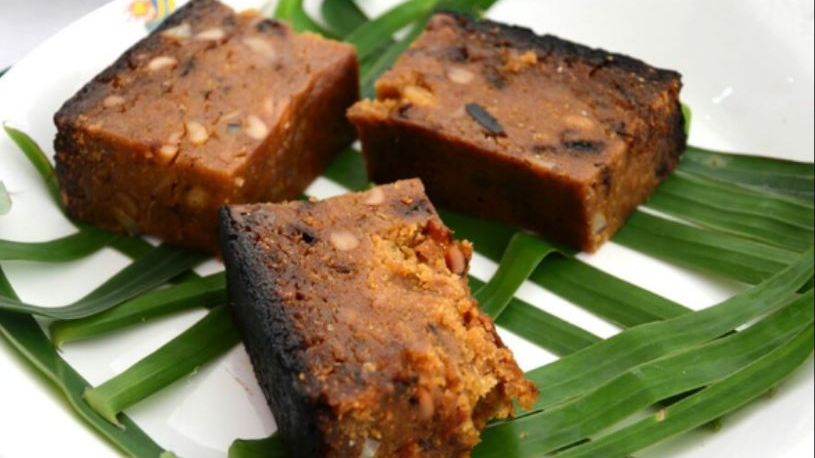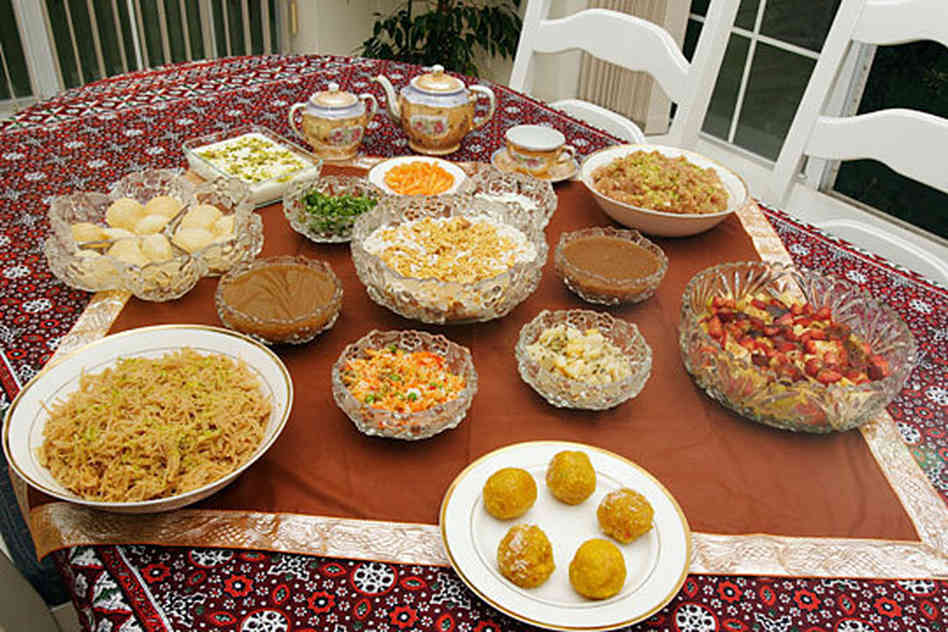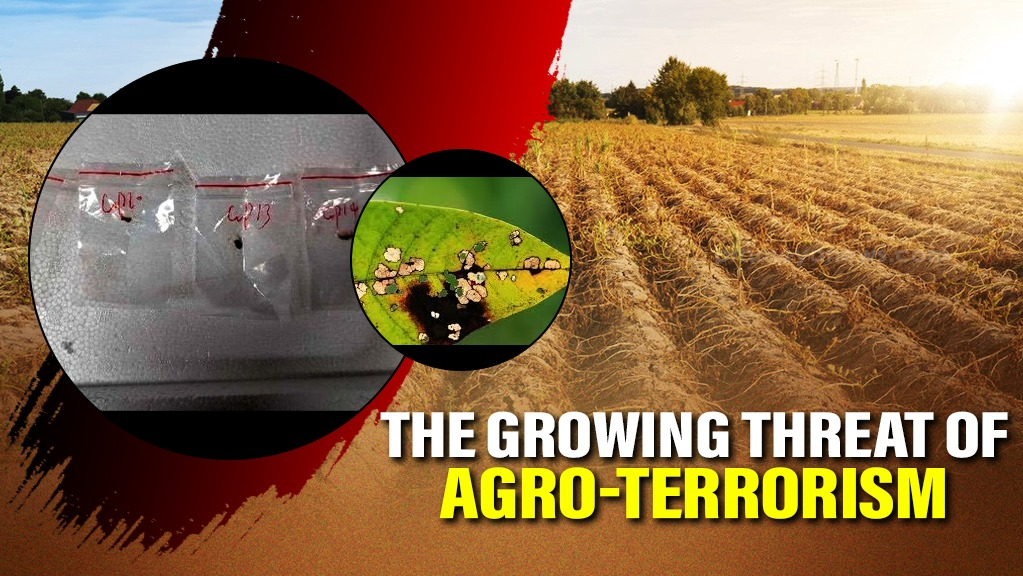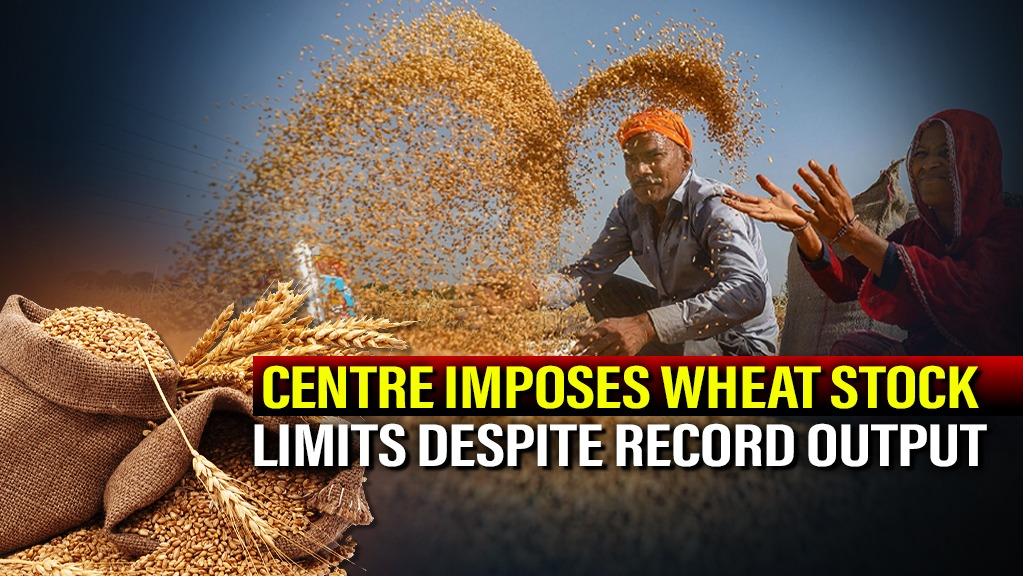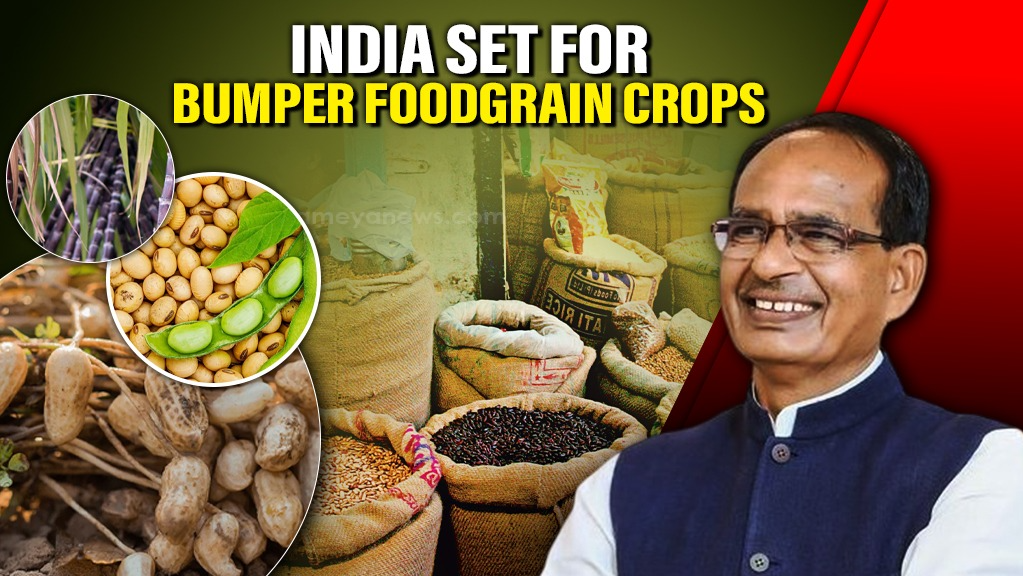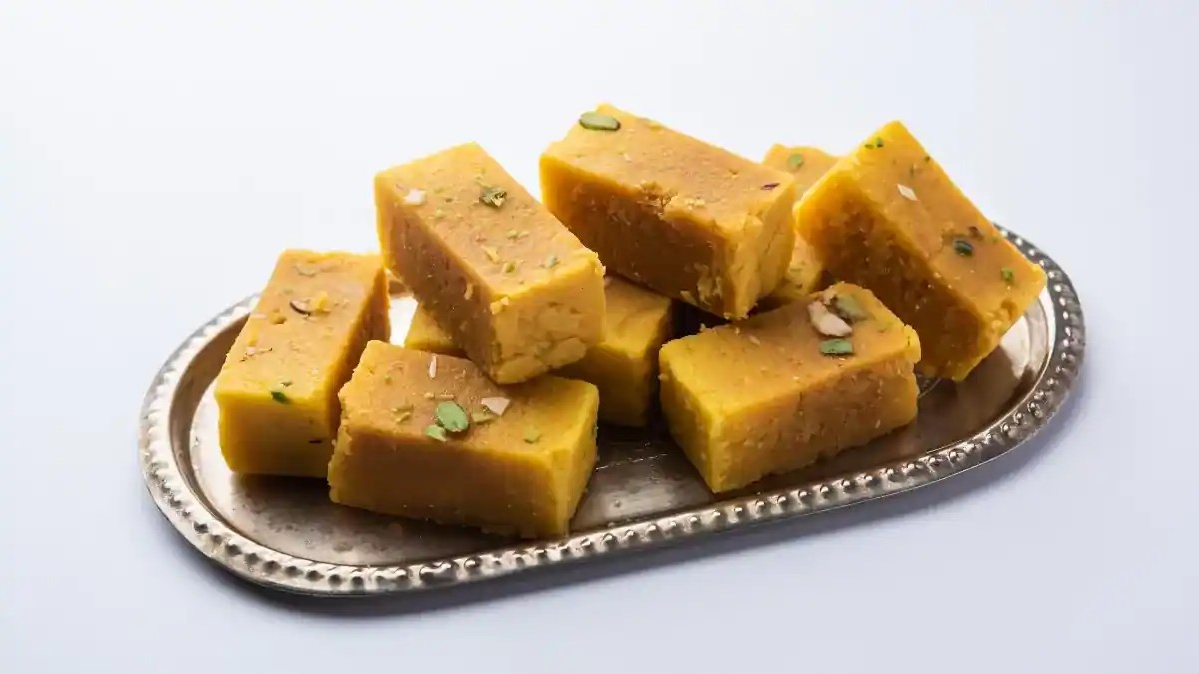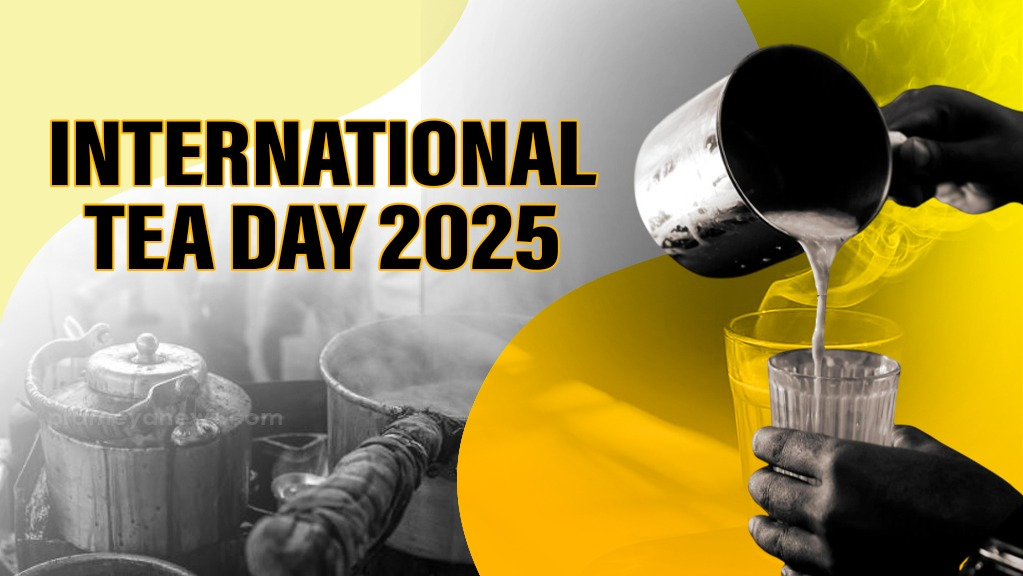ICRISAT Unveils Revolutionary Heat-Tolerant Pigeonpea Variety
In a significant agricultural advancement, scientists at the International Crops Research Institute for the Semi-Arid Tropics (ICRISAT) have developed a groundbreaking pigeonpea variety, ICPV 25444. This new cultivar is the first of its kind, capable of thriving in intense summer temperatures up to 45°C and maturing in just 125 days. This innovation effectively transforms pigeonpea, traditionally a seasonal crop, into a year-round agricultural option for farmers.
A Breakthrough for Indian Farming
Until now, pigeonpea cultivation has been constrained by its sensitivity to day length and temperature. The development of ICPV 25444, which has already been successfully tested in Karnataka, Odisha, and Telangana with yields of 2 tons per hectare, marks a major turning point. Dr. Himanshu Pathak, Director General of ICRISAT, hailed the achievement as a "shining example of what science can achieve when driven by urgency and purpose," noting its potential to address pulse shortages and the challenges of climate change faced by Indian farmers.
The Science of Speed Breeding
This remarkable development was accelerated by a pioneering speed-breeding protocol for pigeonpea, developed by ICRISAT in 2024. This protocol, led by Dr. Prakash Gangashetty and his team, has dramatically reduced the time required to develop a new crop variety from a typical 15 years down to just five.
"This breakthrough was made possible by the world’s first pigeonpea speed-breeding protocol," said Dr. Stanford Blade, Deputy Director General-Research and Innovation at ICRISAT. The method involves growing the plants in controlled environments and using space-optimized planting in small pots, which allowed scientists to cultivate up to 18,000 plants per season in a compact area. This process, enhanced with advanced genomic technologies, enables researchers to grow up to four generations of the crop per year, significantly speeding up the breeding cycle.
Addressing India's Pulse Deficit
India currently produces 3.5 million tons of pigeonpea annually but faces a demand that requires an additional 1.5 million tons, leading to imports worth approximately USD 800 million. The new heat-tolerant variety offers a two-pronged strategy to close this gap. It can improve yields on the 5 million hectares where pigeonpea is already grown during the traditional rainy (kharif) season, and it opens up the possibility of expanding cultivation into new areas, such as rice fallows and irrigated lands during the summer. This expansion could increase farmer profitability by an estimated USD 234 (₹20,000) per hectare.
Successful Farmer Trials and Global Potential
The real-world potential of ICPV 25444 has been demonstrated in field trials. In Bagalkot, Karnataka, where pigeonpea is traditionally a rainy-season crop, farmers Hanumantha Mirji and Basavaraj Ghanti trialed the new variety during the peak summer months. Despite the harsh conditions, both reported encouraging results and expressed optimism about achieving good yields. Dr. Vijendra S. Sangam of the Karnataka State Seeds Corporation, who monitored the trial, confirmed the crop's strong performance. Farmer Gururaj Kulkarni called the new variety "a boon for farmers," noting its quick four-month maturation period and the absence of any significant disease or pest attacks.
The implications of this breakthrough extend beyond India. As climate variability continues to disrupt global farming cycles, innovations like ICPV 25444 provide a crucial tool for building more resilient food systems. Dr. Sean Mayes, Global Research Program Director at ICRISAT, noted that the institute is developing a global trait diversity panel using its extensive pigeonpea genebank. "This positions the institute to support breeding programs worldwide, with ongoing collaborations in Asia, Australia, Brazil, Ecuador, and Africa," he said.
This successful development of a heat-tolerant, short-duration pigeonpea represents a major step forward in agricultural research. It not only offers a practical solution to a pressing national food security issue but also provides a model for climate-resilient crop development that could benefit farmers and consumers around the globe.










